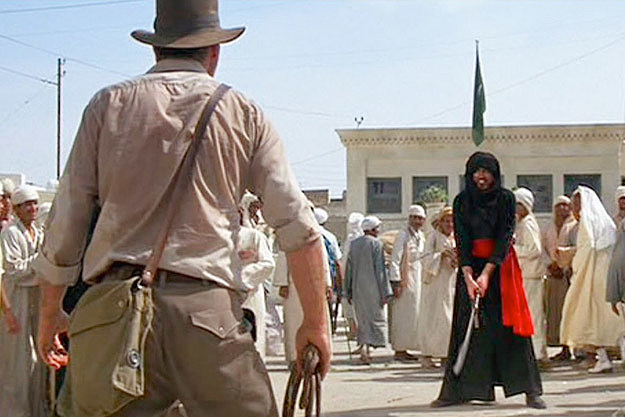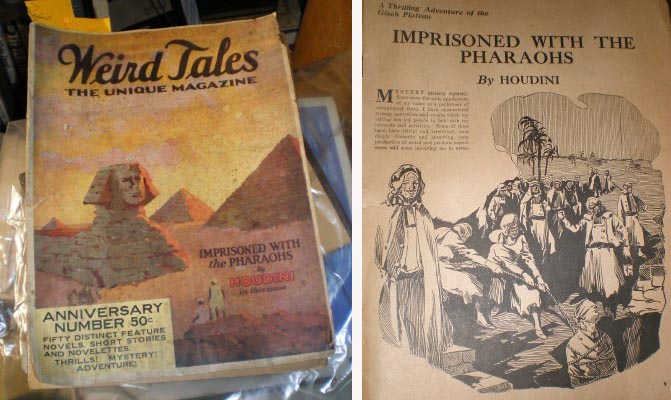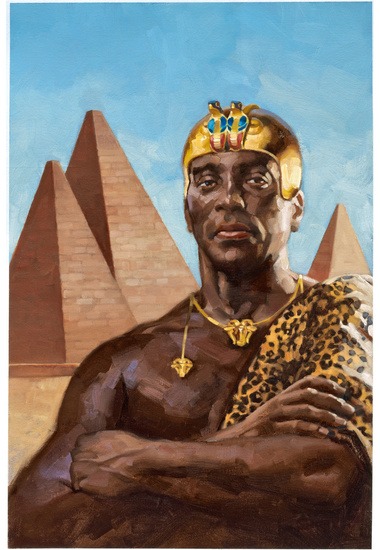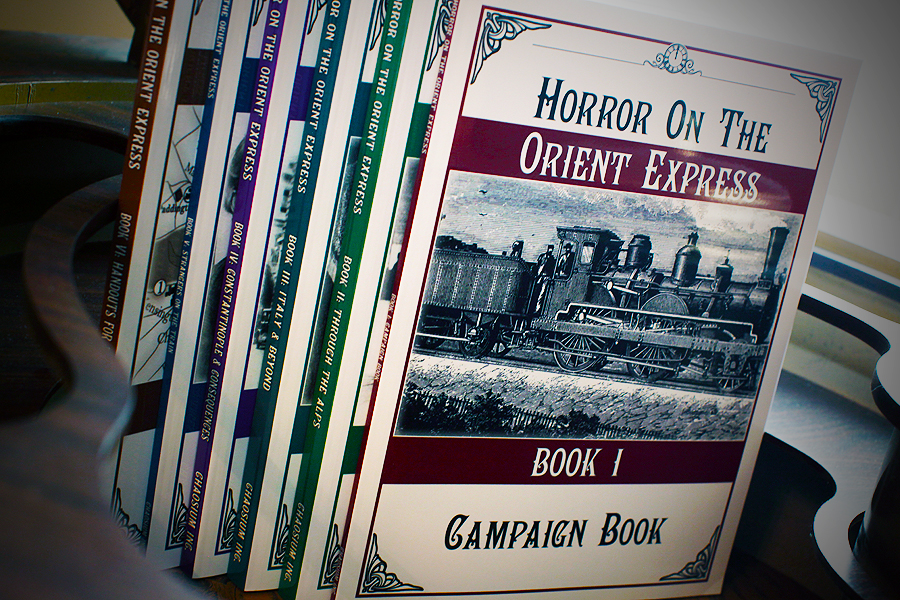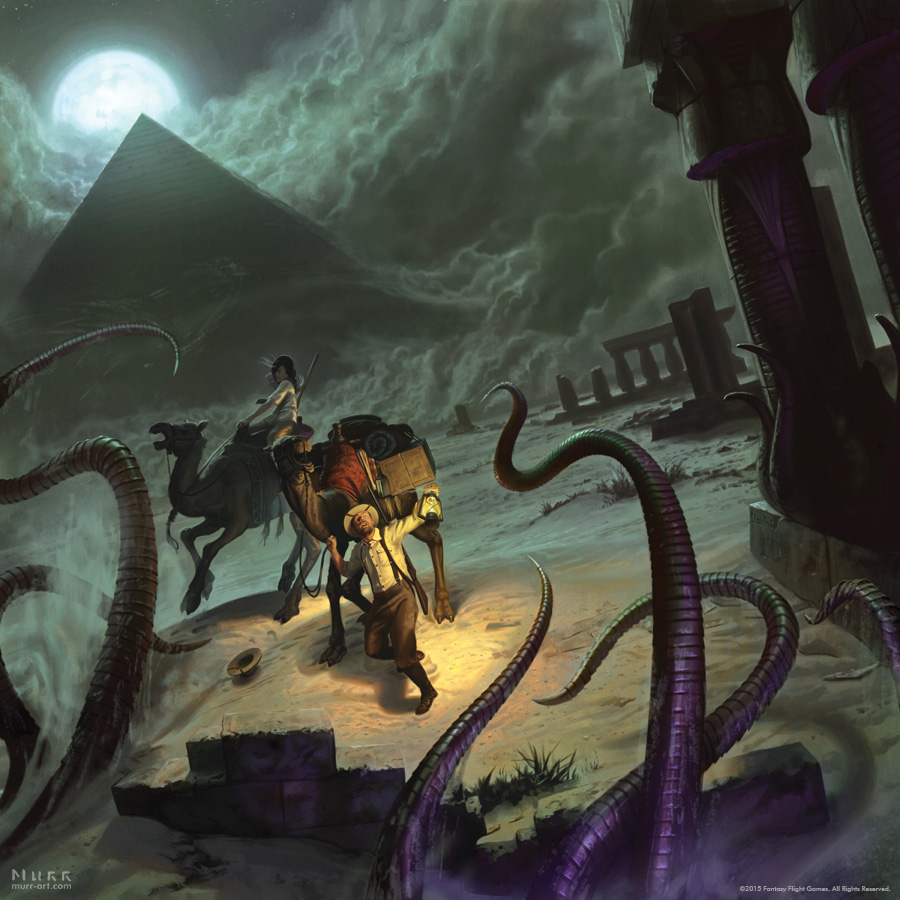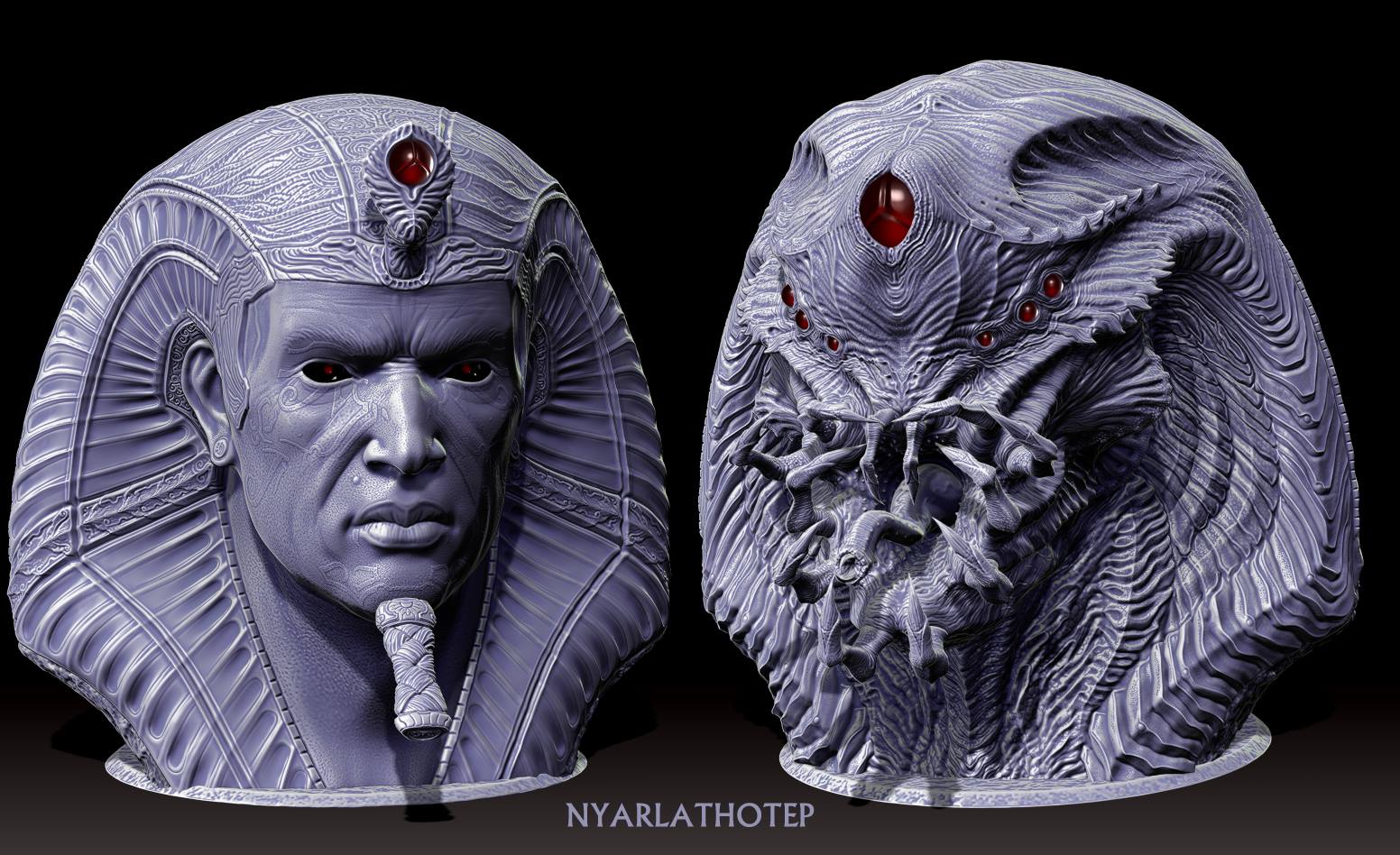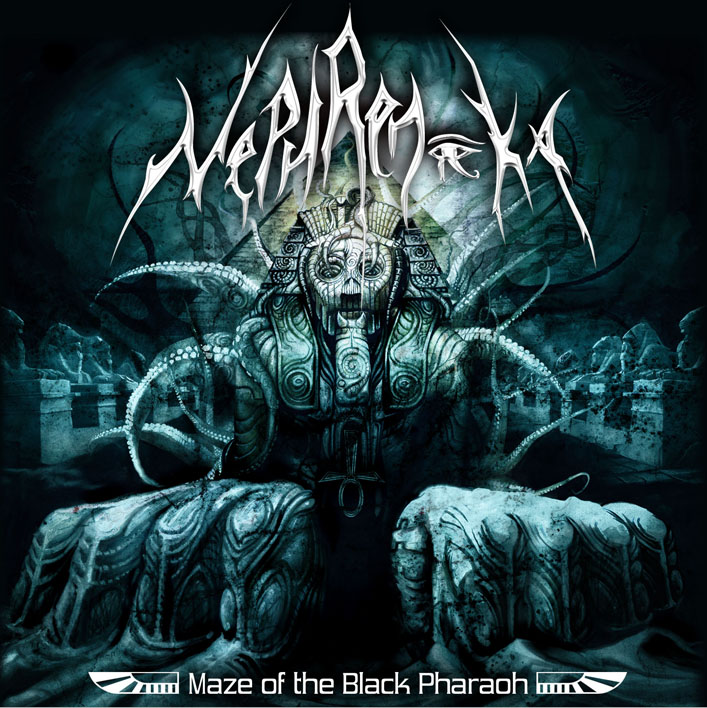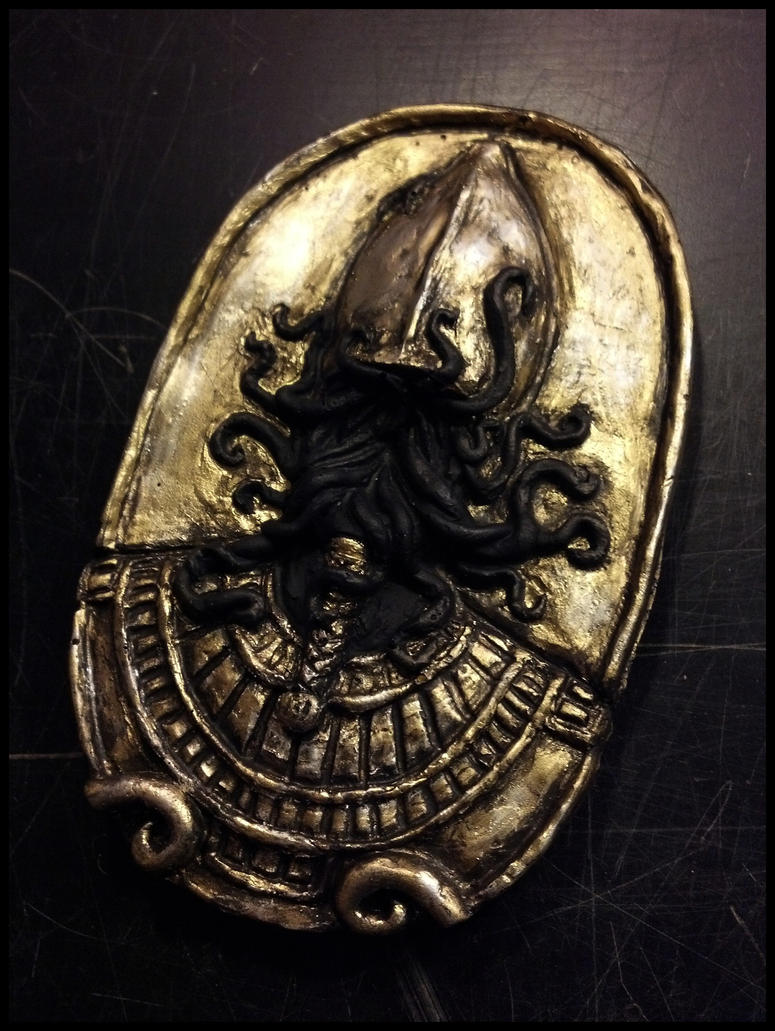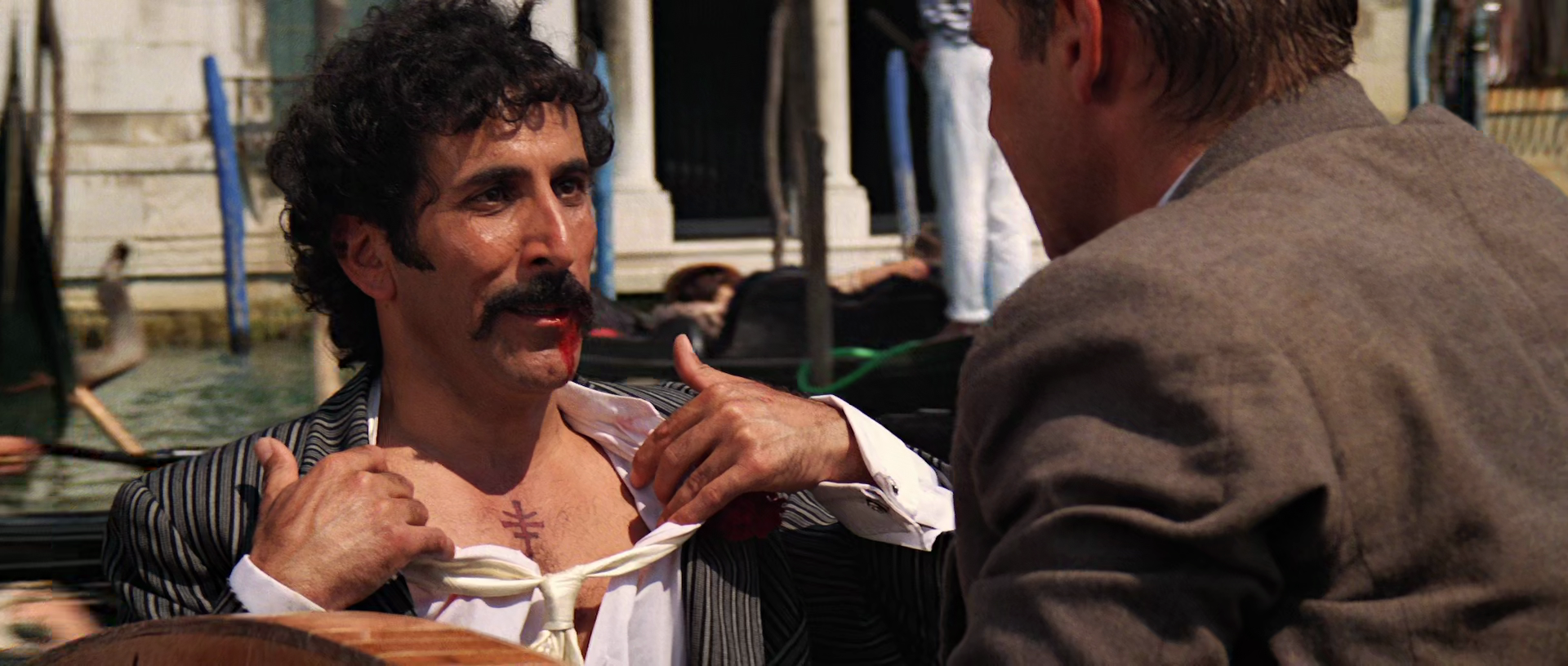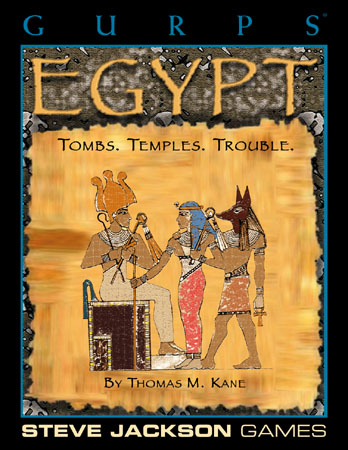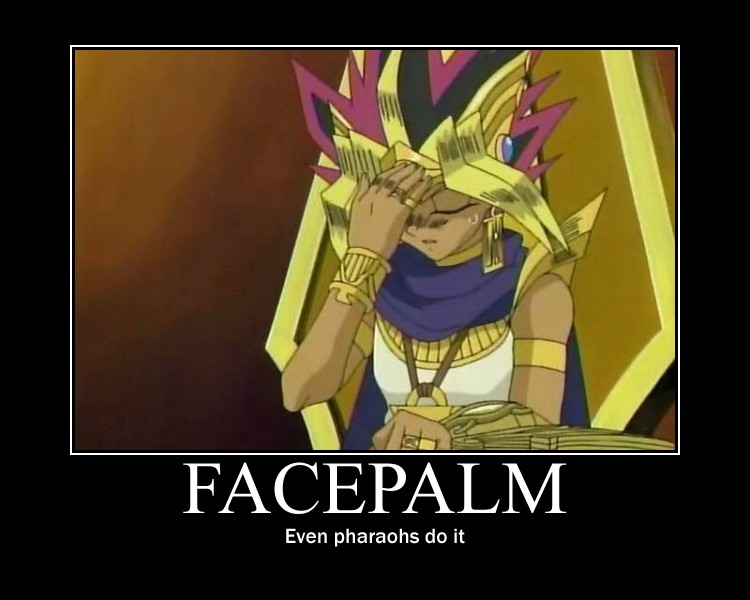 The Spanish got a much better cover.
Welcome!
The Spanish got a much better cover.
Welcome!
The title of this chapter is literally just "Welcome." Not "Welcome to Cairo," or "Welcome to Egypt," or "Welcome to the Beginning of the Rest of Your Life," just...Welcome!
Anyway, this is Generic RPG City Descriptor c.1990s. I'm not sure who started it or why, but it is generally recognizable across multiple game lines, and is basically identical format whether you're talking about AD&D or Shadowrun or World of Darkness or Call of Cthulhu. If somebody told me this was based on travel guides like the Fodor's Guides, I would believe them.
So, Welcome! covers the cost of living in Cairo and internal city transportation, a completely inadequate map, a generic welcome letter for tourists (this was apparently a real thing issued by the British High Commissioner), and pity descriptions of the local hotels, sometimes beefed out with half-assed "Scenario Hooks." Investigators on a budget can bed down at the Y.M.C.A. (men only) or the Y.W.C.A. (women only).
No word on the YMJA.
And then...we're on to the next section. No really, that's it, four pages of hotels and tramways. The only Cthulhu reference is a throwaway scenario hook involving the Children of the Sphinx cult.
The Sights of the City
The last chapter covered hotels and transportation, this covers...restaurants, theaters, private clubs, and scientific societies (don't get your hopes up, none of them are Mythos-related) before delving into
Medieval Cairo.
This is not actually about Cairo during the Medieval period, but about surviving ancient buildings - the old town, basically. There's a couple wince-worthy moments when discussing the local color, including the word "Mohammedan," which you realy don't see very often these days.
Women in the strrets are usually covered from head to toe, their faces invisible behind opaque veils. The wealthy are accompanied by large bodyguards; the poor travel in groups for protection from infidels. Unescorted and unveiled women in the street are often spat upon by the faithful; in the company of men, unveiled women may hear themselves called "whore."
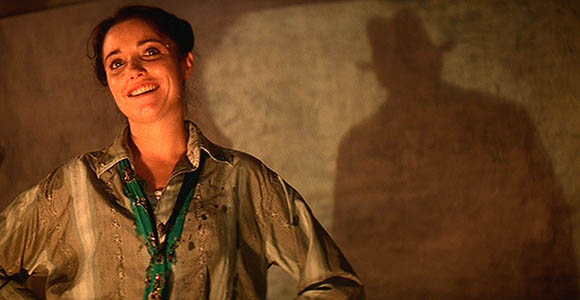 Something made it inevitable.
Something made it inevitable.
There is a brief section on the smells of the city, which includes such bizarre lines as "The smell of the tanning agents enhances the colors of the hides in the leather-workers' bazaar." Beware the
dangerous smells!
Then we go into the various bazaars...the most interesting of which from a Call of Cthulhu perspective is the Bazaar of the Booksellers and the Gun-Makers' Bazaar (I don't know why for the latter, because you'd have to buy like three separate supplements to get a good selection of period weapons to choose from, none of which work on shoggoths.) Mythos references are somewhere between rudimentary and missing. For example, in the selection of NPCs one scenario hook reads:
A successful Mythos roll clearly identifies this as a deep one (Sanity loss: 0/1). This may lead to a whole stream of adventure in and around Alexandria!
Except we're in Cairo, bitch!
There is also...and I love this...a homebrew "Quick Generation of Market Stalls" table straight out of some D&D campaign. It involves 4d10 and a d% roll, my favorite part of which reads:
Stall is run by (roll d10): 1 Mustafa 2 Seleem 3 Hakim 4 Ali 5 Muhammed 6 Rashid 7 Ahmed 8 Giuseppe 9 Iannous 10 Joseph
If I actually used this, those ten guys would always be the same whenever they came up. So whenever you came across a stall run by Hakim, whether it was selling tobacco or cooking pots or ancient books, it would always be the same Hakim. Welcome my friends, welcome!
The "Personalities" section is sortof like "half-assed NPCs" in that they give detailed descriptions and even some useful plot hooks (one of the booksellers has a "well worn and fragile fragment of a copy of
Al-Azif", which is an honest-to-goodness plot hook, not bullshit masquerading as one), but no stats. This is bizarre, because Anderson was fine with statting out porters and shit for the hotels last section.
Then there's a couple pages on the Citadel of Cairo...the most interesting part of which is not about the Citadel at all, but a scenario hook about one of the booksellers who is selling copies of a piece of Arabic calligraphy which...
The manuscript is a fragment of the original Al-Azif brought to Cairo from Damascus by Saladin.E ach time it is copied, the spell on the page causes a dead relative of the copyist to come back to life. The power required to perform this is drawn from the child copying the manuscript, and he becomes "ill." Soon it will be noticed that the dead are beginning to walk the streets of Cairo once more. Destruction of the original manuscript and all copies will reverse the effects of the spell.
This is classic Call of Cthulhu half-assedness. No mention of what the spell actually is (are we talking Resurrection or Create Zombie? I want to know before putting a bullet through grandma's undead brainpan.) or what the mechanics for it are. This is a book where not only is the main Call of Cthulhu rulebook optional, but apparently is being actively avoided. Indeed, so far this book is so generic you might pick it up for any 1920s game involving Cairo with no significant fantasy or supernatural elements. All...two of them.
Then we get a rundown of some important mosques and then on to "Old Cairo," which is an excuse to talk about some of the older (pre-medieval) parts of the city and the Nilometer.
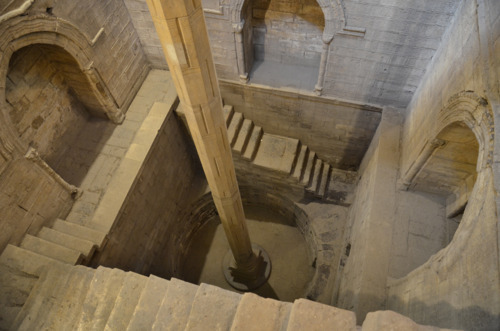 Not quite what you might expect.
Not quite what you might expect.
The most bizarre moment in "Old Cairo" comes from a scenario hook suggesting that "the Coptic Christian god" is different from...God. I can only presume that was an error, but I think we've established the editorial touch on this book is almost nonexistent.
Then we get to the museums of Cairo - including several pages on and a map of the Egyptian Museum, which has a stash of Mythos artifacts in its collection...which you don't have access to.

Call of Cthulhu has never been consistent in its language skills, so when a scenario calls out of "appropriate language skills (Ancient Egypt") I don't know if that means Other Languages: Ancient Egyptian, or Other Language: Egyptian Hieroglyphs, or...what.
I will say, at least in the Egyptian Museum Call of Cthulhu references are at least reasonably intelligent, prominent, used in the main text, and prolific - Anderson clearly expects the PCs to spend some time here, and even includes a fully-statted out NPC. By which I mean, of course, his stats are hopelessly inadequate and incomplete, but he's an Austrian who has German 80%, and that's about the best you can hope for.
 I feel a sidebar on the German Archaeological Institute would not have been out of place.
I feel a sidebar on the German Archaeological Institute would not have been out of place.
Other museums are given short shrift, and then we're on to more mosques, which leads naturally into a section entitled
Mohammedanism, which is enough to make me wince. it's actually not a
terrible summary of Islam, it's just some of the language that seems on the "that's not cool" side of "shit your grandpa would say." Other than that, Anderson seems to be striving for NPOV.
Women in El-Islam
Mohammedanism is an all-embracing, but mainly masculine, faith. The mosques are open only to men, women are considered to be the property of men, and many laws are state in ways that make it difficult for women to take a man to court. In order to accuse a man of rape, a woman must have three male witnesses to the act willing to testify on her behalf. A woman cannot divorce her husband, but a husband can easily divorce his wife merely by stating that she is divorced. A divorced woman, like a raped woman, is considered unfit to marry. Multiple wives are still the norm in the 1920's for most wealthy Mohammedan men. Women must travel veiled from head to foot at all times, and must be escorted by a man when outside the house. Many Mohammedan women, however, wield great power within the household, controlling all monetary affairs and raising the children.
I would also like to congratulate Anderson on addressing Islam without feeling the need to tie it directly to the Mythos in any fashion, which is something that not everybody can manage to resist doing.
The next section covers hospitals and asylums, and the section after that a rather larger one on coffee shops.
The term "coffee shop" is a misnomer, as both coffee and tea are serve here, along with a wide variety of other drinks.
My favorite bit of which is:
Many cafes also offer alcoholic drinks. These are frowned upon by some of the more orthodox Mohammedan sects, but alcohol is widely available. Most Egyptians only drink enough to get happily drunk; few get violent. Home-made brandy served on the rocks is the most popular drink; it varies considerably in alcohol content from qawha to qawha. The ice serves to cool the brandy, and the brandy kills most of the bacteria frozen into the ice (usually made from whatever water is in the pipes), but even so, strangers often come down with severe dysentery after a couple of shots.
 Nothing puts the brakes on a campaign faster than an investigator suffering from dysentery.
Nothing puts the brakes on a campaign faster than an investigator suffering from dysentery.
The section also includes a small random gambling chart. There is a 1d10 * 1d4 chance they are playing poker, and the champion gamblers only have an 80% chance of Gambling skill. I don't even know what that means in game context, and I'm too lazy to look it up.
The next section is Universities, especially Al-Azhar University and the American University in Cairo - fewer mythos references than you might expect.
Apropos of absolutely fucking nothing, we're given stats for a handful of Egyptian animals (dromedary camel, Nile hippopotamus, hyena, and jackal), which are apparently being stolen from the Cairo Zoological Gardens by the Children of the Sphinx cult and beheaded in a plot to reincarnate the animal-headed ancient Egyptian gods. Mythos magic doesn't work that way, but as we've established before Mythos magic is mostly whatever the Keeper wants it to be and is therefore completely random.
After a description of the Camel Market & Racetrack..
A male camel in "must" (in heat) is a strange and terrifying sight. A special pouch under his tongue inflates with his breath, and this monstrously swollen and bulbous tongue wobbles out of the corner of his mouth. In addition he secretes an incredibly sticky, foul-smelling, thick white saliva that bubbles and oozes out of his mouth and spatters on anyone or anything nearby. While in must a camel in uncontrollable, and makes an unusual wobbling hooting cry. He will mount any female camels nearby, and fights break out between rival males for the females. They are totally oblivious of any unfortunate humans caught between them and their intended targets.
 I think a Call of Cthulhu book finally cost me Sanity points.
I think a Call of Cthulhu book finally cost me Sanity points.
The next-to-last major section in this chapter are the
Cemeteries of Cairo, which includes a decent (but not exceptional) readings on ghouls and tomb-robbing (apparently there's a thriving market for fresh human remains). The last section is
The Darker Side of Cairo, which might also be called the
fun side of Cairo, since it involves fewer mad humping camels and dysentery and more articles on theft, drugs, and prostitution ("Foreign women, mainly from other Mediterranean countries, are attracted by the profits to be made.") The scenario ideas in this section vary from the silly ("A woman in the suburb of Kahlifa sells large quantities of powdered heroin; she cuts it with the ground up skulls of mamluks taken from the nearby cemetery" - this lady has a terrible business model and retarded customers if they can't notice the bits of bone in their heroin.) to the actually offensive:
The "King of the Wasa", a huge fat Nubian who controls most of the organized prostitution and drug trade in Cairo, can be found each day sitting outside one of his palatial houses in the Sharia Abd el-Khaliq. He sits cross-legged on a bench, dressed as a woman, and veiled with the finest white silks. The ebony idol is worshiped by those he employs, who flock around him like wasps around a honey jar. [...] He controls and supplies the white slave trade, and provides cults with young white women for sacrificial rites. The police have tried to stop him but have yet to succeed; many of the top judges are in his debt.
 Big Fatso is offended.
Big Fatso is offended.
Next up...Excursions form Cairo! Or, "Why You Went To Cairo In The First Place, Probably"

